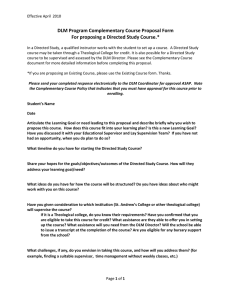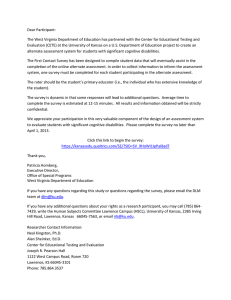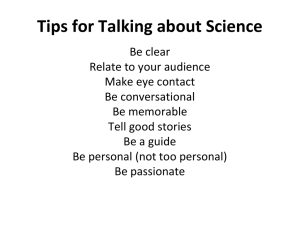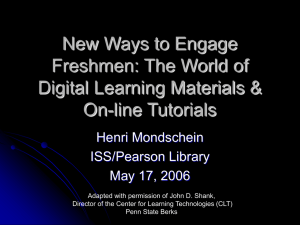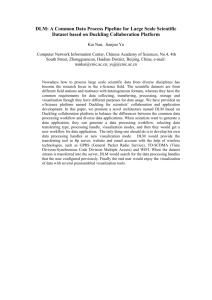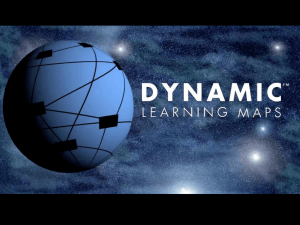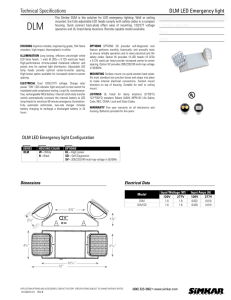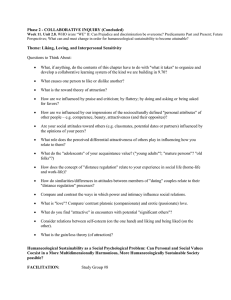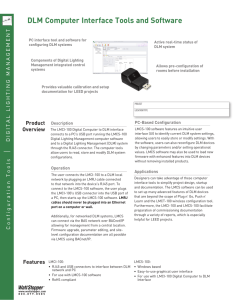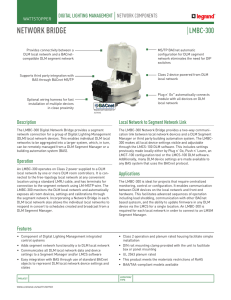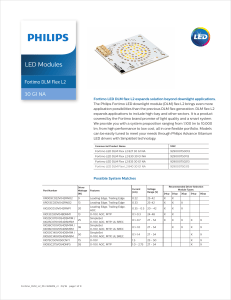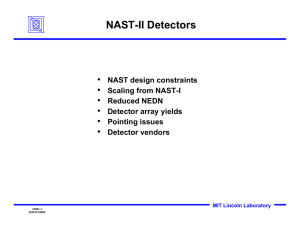15.277 Special Seminar in Communications: Leadership and Personal Effectiveness Coaching
advertisement
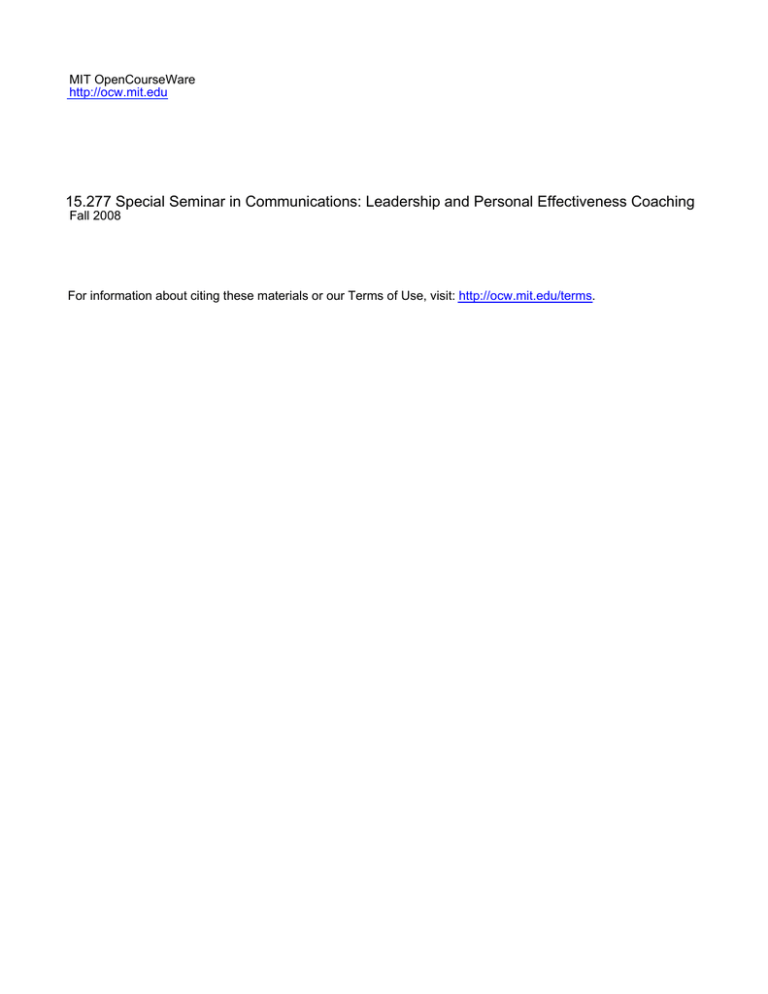
MIT OpenCourseWare http://ocw.mit.edu 15.277 Special Seminar in Communications: Leadership and Personal Effectiveness Coaching Fall 2008 For information about citing these materials or our Terms of Use, visit: http://ocw.mit.edu/terms. Leadership Story Activity Overview Team members tell a story about their views on leadership, improve basic presentation skills with some feedback, and relate their experiences to the Distributed Leadership Model (DLM). These stories are taped as well. • • • • • Typical Activity Outcomes Strengthen students’ awareness of their own natural skills Learn a few basic tools of presenting to manage nerves Review and relate to DLM Relate the DLM to their own assessment of leadership Enjoy storytelling and make the connection with speaking Potential “Team Connections” • Prepare for ongoing discussion of DLM • Prepare team to make their final presentations together by gaining a common language to discuss and give feedback on presentations Activity Materials • • Facilitator Guide Watch Activity Time Frame Total Time: 55 minutes Activity Schedule: 5 min: 35 min: 10 min: 5 min: Activity Introduction Presenting and feedback (7 member team) 5 mins. each: 3 min for Individual story-telling; 2 min for Feedback Relate to leadership Summary Setting Up The Activity Select a comfortable and quiet place to sit with your team. Create a space for a presenter to stand. Safety Considerations There are no physical safety concerns for this activity. However, preserving a safe emotional climate for the discussion is paramount. In some rare instances, 1 speaker will clutch and either not be able to continue or show extreme nervousness. (Usually this occurs when they lose touch with the audience—not really seeing people.) Just ask them questions to get them talking to you and let them begin again. Ask them to exhale, breathe slowly and deeply and maintain eye contact to help them relax. Ideally, they will pick up their story and be able to complete. Facilitation Instructions Step 1: Overview the Activity Tell the group the following in your own words: “Asking you to tell a leadership story has several purposes: 1. to give you a sense of how well you can speak naturally, 2. To stress the importance of stories in any communication, and 3. To give you further feedback and practice of basic skills, 4. And finally, to review the leadership stories and relate them to the DLM." Step 2: Overview the Activity Schedule Overview the schedule with the team: 1. We will spend a few minutes on basics of speaking 2. Each person will speak for a maximum time of 2 – 3 minutes (no minimum time required!) 3. We will give feedback for 2 minutes and then move on to the next speaker. 4. We will then relate this to the DLM. 5. And, finally, in Part II, we will reflect on this activity. Step 3: Lead the Preparation Explain that the critical pieces of managing nerves are breath control and eye contact. Connecting with the audience is the secret. Although it is not intuitive, “seeing” an individual in the audience as if you are having a conversation frees you to concentrate on the message. It helps you focus. It helps the audience feel connected. Have the group stand to practice stance, gestures, and taking time to really see the audience. Step 4: Record stories Ask for a volunteer to keep time and establish time signals. Tell them they have 30 seconds after the 2.5 minutes signal to wrap up. You will not be able to take questions. 2 Then discuss feedback, reminding them you expect specific, concrete, balanced and useful feedback. Ask for a volunteer to start. Facilitation Notes: 1. It is critical that you carefully track the time during this activity. You will only have approximately 5 minutes per participant (assuming 6 team members). 2. Be sure to set expectations with your team about timing. Have the volunteer provide warnings of when a “round” is nearing its end, and encourage participants to be clear and concise in their feedback. 3. The volunteer is essential since you will be filming and keeping track of what is said. Step 5: Debrief Speaking Ask what they liked about what people did in telling their stories. Let them spend only a few seconds time discussing just the situation or content. At first, they will probably talk about non-verbal and presentation skillrelated elements: Eye contact Being dynamic – energy Revealing personality Then they will turn to more content-related elements: Importance of vivid language Engaging their audience through disclosure Structuring the story Show how this discussion related to the DLM Ask one or more of the following questions to get their attention on the leadership content of their stories. 1. How did this relate to the 4 dimensions of the DLM: Relating, Sensemaking, Visioning, Inventing? 2. What about “Leadership Signature”, or “Performance”? Step 6: Summarize the Activity and Explain What Happens “Next” Explain the following: They will have noticed how effective we can be as speakers when we know what we want to say. When we are passionate about our topics, when we use a narrative style, we can translate this into every kind of speaking activity. 3
